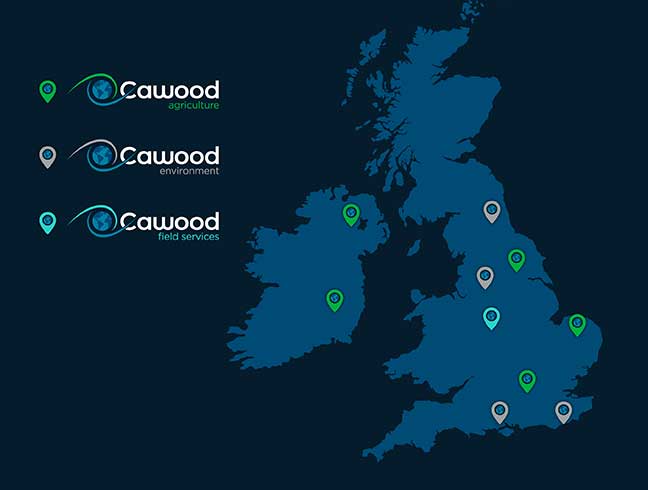Proactively Manage Risks and Actions
Q-Hub offers a comprehensive solution for managing risk assessments, registers, and risk actions. Track, update, and standardise risk scores while keeping teams aligned with automated notifications, alerts, and reports. Build dashboards, monitor KPIs, and stay compliant with ISO9001 and other standards.
























.png)